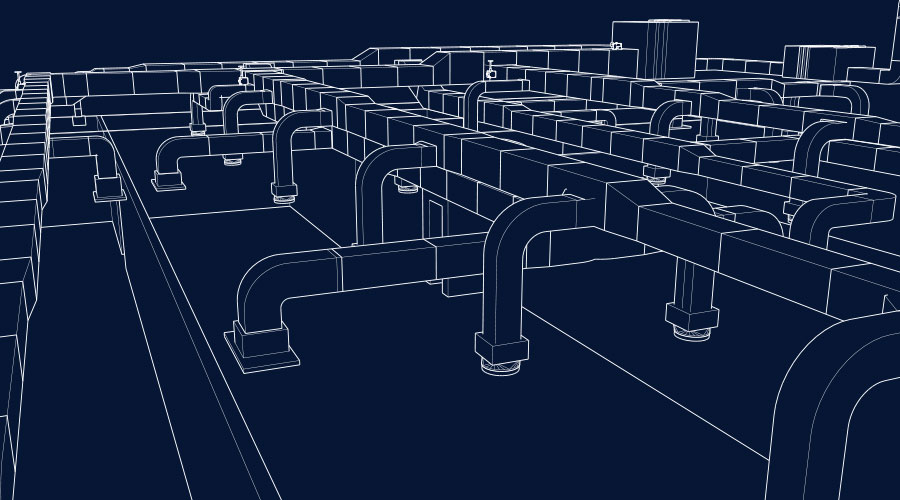Asset Data Management: Technology Options Beyond CMMS
High-performing maintenance and engineering departments can take advantages of asset data management (ADM) technologies to gather sound information when making strategic decisions about their in-place assets — buildings and equipment. ADM technology is a logical choice for central management of critical facilities information. Managers who specify the most appropriate technology can successfully analyze an asset portfolio to better understand a department's strengths and risks.
For managers who do not have an ADM system or want to upgrade an existing system, the first question is where to start. Which technology will best address the needs of the department and the organization, and how does a manager choose?
The specification process involves identifying technology requirements for specific facilities and developing a selection scorecard. Managers also need to understand the benefits, challenges, and differences of the four ADM applications: computerized maintenance management systems (CMMS); enterprise asset management (EAM) systems; computer-aided facility management (CAFM) systems; and integrated workplace management systems (IWMS).
Objectives and Needs
Before evaluating these technologies, managers must understand their organizations' business objectives and requirements, as well as the respective requirements of the various affected departments, vendors, and customers.
To successfully specify ADM technology, managers will have to gain support at multiple levels in the organization and have an executive sponsor who understands the department's vision. To build that support and ensure everyone is on the same page, managers can develop a so-called tiger team with representation from various groups. This team gathers the technology requirements and documents a project charter, which includes the goals and objectives, as well as key personnel involved.
Managers should focus on collecting information about business processes that support their organizations' goals and objectives. When conducting interviews, group sessions, and customer surveys, managers should focus on the interviewees' business objectives and capture insights related to business requirements.
Managers also must document the identified business requirements from each meeting and publish the cumulative requirements and associated risks in a findings analysis. This analysis addresses business requirements a manager gathers and scores each one with an associated risk rating.
Finally, managers need to review their findings with the project team, agree on business requirements that support the team's objectives, and develop a scorecard of requirements to use during technology evaluations. The scorecard rewards functionality that aligns with critical business requirements and risk priorities.
Related Topics:














